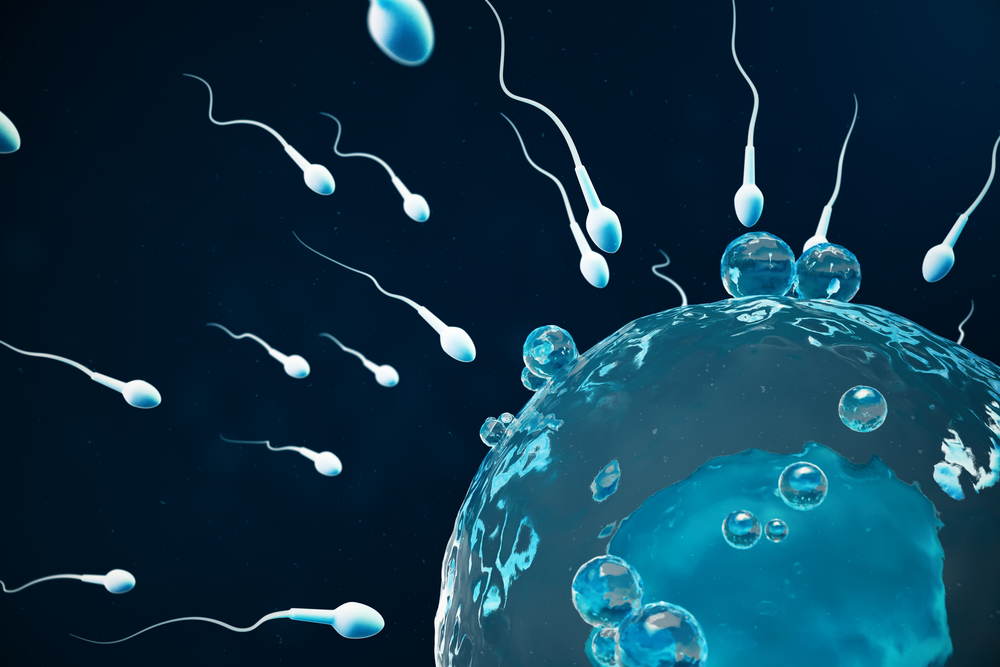Although today we can already clearly handle the feminine and masculine gametes when using in vitro fertilisation technique, we did not always have this knowledge.
The three crucial moments from the historical point of view in assisted human reproduction were: first, the possibility to see the spermatozoid, second, the egg, and as a culmination – the fusion of the spermatozoid with the egg as a primordial factor in procreation.
But naturally, before these discoveries, babies were born, and it was perceived that sexual relationships and menstruation had something to do with it. We will give some insight into how procreation was understood in the past.
The first historical hit was made by Anton van Leeuwenhoek (self-taught scientist) when he visualised spermatozoid in 1677. It seems that he was influenced by a medicine student Johan Ham who talked about seeing “little animals” moving in the ejaculate. This was earlier interpreted as a degradation of sperm.
From that time until today, more detailed studies have been conducted in relation to spermatozoids. Initially, it was believed that the spermatozoids moved in a straight line similar to how eels move with their tails. Recent studies in 2020 involving 3D imaging confirmed that the movements are unilateral making turns like nutrias do when swimming.
150 years passed until the embryologist Karl Ernst von Baer verified in 1827 that mammals have oocytes.
When both gametes — the spermatozoid and the oocyte — were finally identified, a German biologist Oskar Hertwig observed the sperm of a sea urchin merge with an oocyte and recognised the occurrence as fertilisation in 1875.
It took another 53 years until Edgar Allen described the human oocyte in 1928.
So, how was childbearing perceived when all these discoveries were yet unknown?
From the oldest times, it was taken for granted that sex had something to do with reproduction, although not every sexual intercourse brought a new human being. This led to the necessity to unite sex with other elements, such as the influence of moon phases, the pose of coitus, ambient conditions or even how good or evil is the partner. Religious beliefs were inevitably important as was usual in the past to attempt to understand the incomprehensible facts.
The Greeks, under the purpose of deifying men, believed that sperm was like a drop from the brain, like a magic potion capable of giving life. A woman had also a role in this because she was the one giving birth but was marginalised as a mere incubator.
Aristoteles assumed that a baby appeared from a mix of sperm and menstrual blood: the two elements which could be seen with the naked eye. Besides, relying on an inescapable logic that the woman who was pregnant had no menstruations which reappeared after giving birth.
Leonardo da Vinci represented sexual intercourse between a man and a woman in an anatomical fugitive sheet in 1492. Two channels in the penis are presented: the inferior channel for urine and the superior connected with the spine and brain. Da Vinci imagined that a woman’s uterus is connected with the nipples and that breast milk is refined menstrual blood.
From the 17th to the mid-19th century, people believed that God made all human beings from the epoch of Eden garden. Everybody was waiting to be born inside of another human, like stacking dolls, and believed that they hailed from Adam’s testicles and Eve’s ovaries.
During this period when a spermatozoid and oocyte were discovered, focused debates began on whether these preformed beings were in the oocytes or the spermatozoids.
Oskar Hertwig put an end to all of these conceptions in 1875 when he laid out a scientific base for fertilisation.
IMAGE: https://www.wonderyears.com.sg/pregnancy/your-pregnancy-week-2
Gregorio Manzanera

